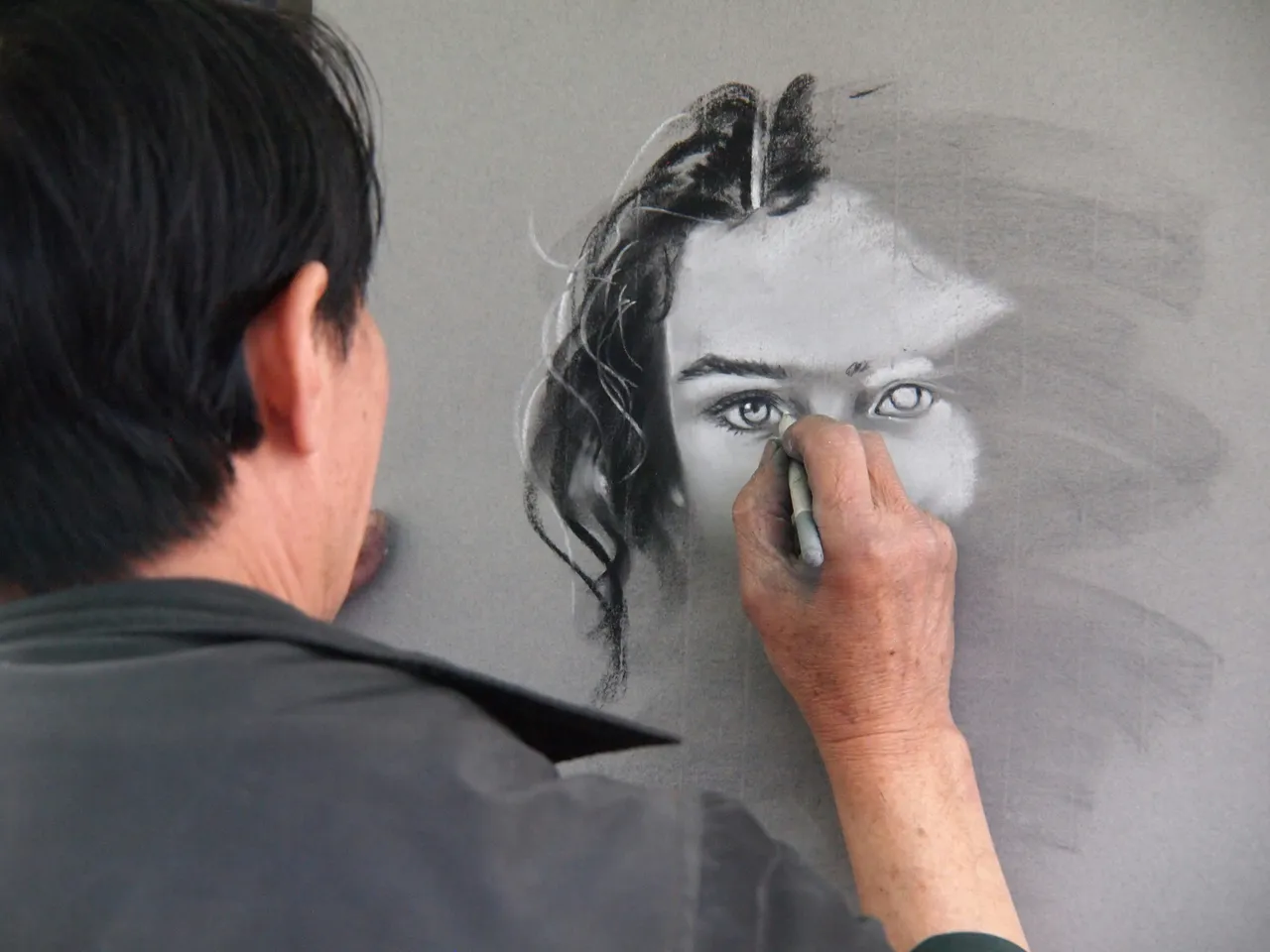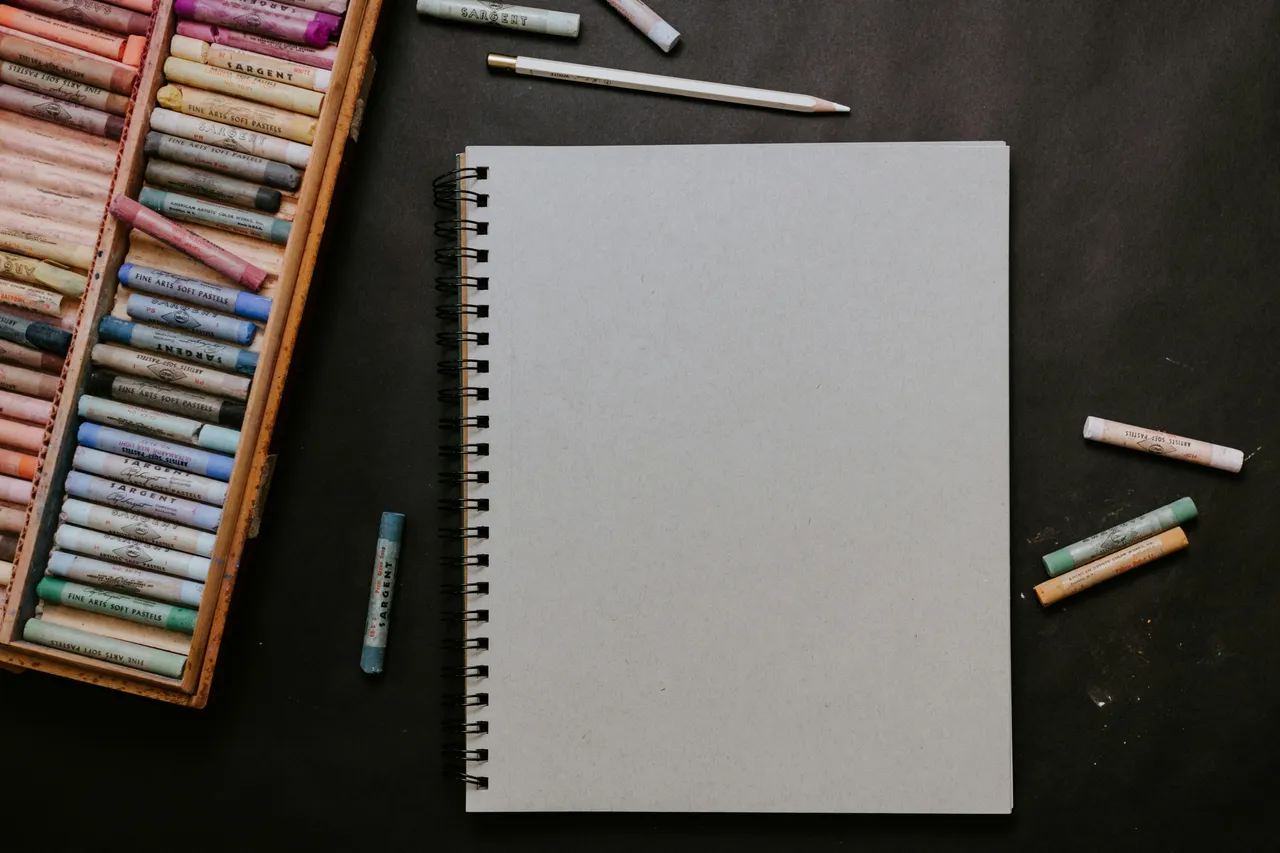
Image info
Blending the Digital and Sustainable: Eco-Friendly Tools for Creating Digital Art
As environmental awareness grows, artists are finding innovative ways to express their creativity while being mindful of their ecological footprint. Did you know that traditional art methods can generate significant waste, from canvases to paints? Digital art stands out as a sustainable alternative, allowing creators to produce stunning works without the waste associated with physical materials. This article explores eco-friendly tools and practices that digital artists can adopt to blend creativity with sustainability, highlighting the importance of reducing waste and embracing sustainable practices in the creative process.
Understanding Digital Art and Sustainability
Digital art encompasses a wide range of creative expressions, from illustrations and animations to graphic design and digital painting. Unlike traditional art forms that require canvases, paints, and other materials, digital art minimizes physical waste. For instance, a single canvas can consume a significant amount of resources, from the fabric to the paints and solvents used. By utilizing software and hardware, artists can create visually striking pieces without contributing to the depletion of natural resources. This shift towards digital mediums aligns with the growing emphasis on sustainability within the art community.
Eco-Friendly Digital Art Tools
When it comes to creating digital art, choosing the right tools is vital for reducing environmental impact. Here are some eco-friendly options:
Software Options: Adobe Creative Cloud, which includes applications like Photoshop and Illustrator, allows artists to create without the need for physical materials. Adobe is committed to sustainability, continuously working to reduce its carbon footprint. However, artists should consider the environmental implications of subscription-based models. Corel Painter offers a way to replicate traditional painting techniques digitally, eliminating the need for paints and solvents. Procreate is a favorite among illustrators, providing a robust platform for creating art on iPads with a user-friendly interface and extensive brush library.
Hardware Choices: Energy-efficient tablets, such as Wacom tablets and iPads, allow artists to create without consuming excessive power. Opting for these tools can significantly reduce an artist's carbon footprint. When selecting a computer for digital art, consider models with energy-efficient ratings, which not only benefit the environment but can also lead to cost savings on energy bills. Other brands like Microsoft Surface and Lenovo Yoga also offer eco-friendly options worth exploring.
Sustainable Practices for Digital Artists
In addition to using eco-friendly tools, artists can adopt sustainable practices to further minimize their environmental impact. Utilizing digital previews before printing artwork ensures that only necessary pieces are produced, helping to reduce paper waste and ink consumption. Instead of discarding old projects, artists can repurpose digital files for new creations, saving time and reducing the need for new resources. If physical copies are needed, consider using eco-friendly printing services known for their sustainability initiatives and use of recycled materials.
Trends in Sustainable Digital Art
The digital art community is increasingly embracing sustainability. Many artists are using their platforms to raise awareness about climate issues and promote eco-friendly practices. Some incorporate themes of environmental conservation into their artwork, while others advocate for the use of renewable energy sources in their creative processes. A notable trend is the rise of NFTs (non-fungible tokens) in the digital art space. Many NFT platforms are actively working to implement eco-friendly measures, such as transitioning to proof-of-stake networks, which significantly reduce energy consumption compared to traditional proof-of-work systems.
Statistics and Impact of Eco-Friendly Practices
As sustainability becomes a priority for artists and organizations alike, many are turning to renewable energy sources for their art production. According to a recent survey, approximately 40% of digital artists are now using tools that promote sustainability, reflecting a broader trend towards eco-conscious practices in the creative community. This shift not only benefits the environment but also encourages a culture of responsibility among artists. Studies show that digital art can reduce waste by up to 75% compared to traditional methods, making it a compelling choice for eco-conscious creators.
Conclusion
Blending digital art with sustainable practices is not only feasible but also critical in an environmentally conscious world. By utilizing eco-friendly tools and adopting sustainable methods, artists can create beautiful works while minimizing their impact on the planet. Embracing these practices fosters creativity and contributes to a greener future for all. Join the movement towards eco-friendly digital artistry and explore these tools and practices, taking the first steps towards a more sustainable artistic journey.
This article was developed using available sources and analyses through an automated process. We strive to provide accurate information, but it might contain mistakes. If you have any feedback, we'll gladly take it into account! Learn more

